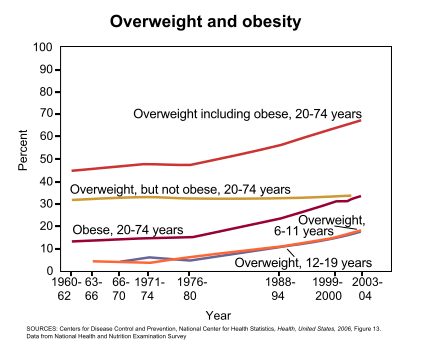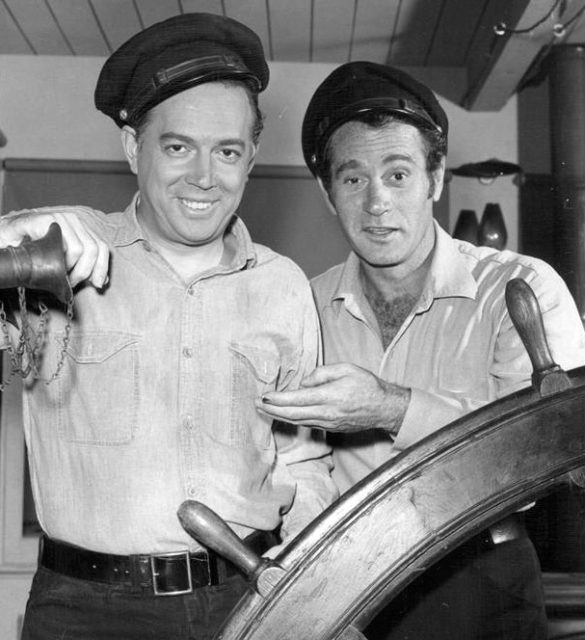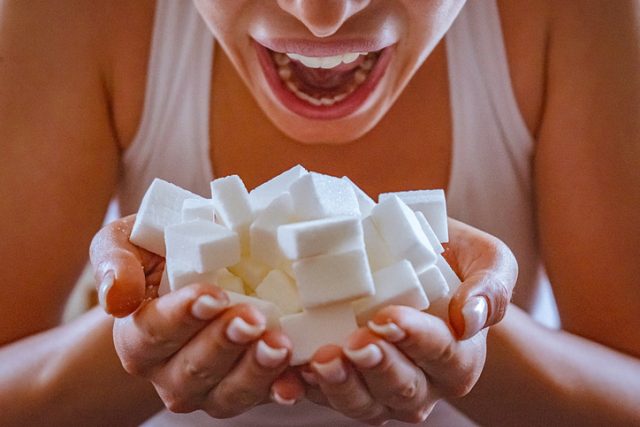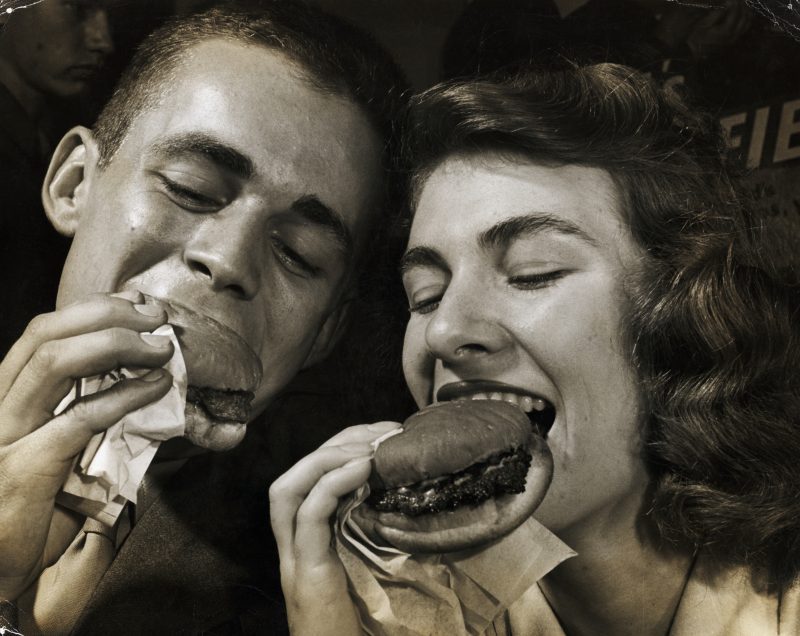You don’t have to be a statistician or even all that observant to notice that people are getting bigger and bigger.
In fact, the average American woman weighs more today than an average man did in the 1960s.
Not that American men and women are the same size, of course, because men got bigger too.
The average American man and woman did also grow one inch over the past nearly 60 years, which accounts for (a little) of the weight gain.

More than 70 percent of Americans are overweight, the CDC reports, and 36.5 percent of them are obese.
The average American woman weighs 168.5 pounds, according to the most recent statistics from the Centers for Disease Control and Prevention. She stands 5’3’’.
That makes her a couple of pounds heavier than the average male of 1960, who weighed 166, and 18 pounds heavier than her 1960 counterpart. The average American male has gone up to 195.5 pounds.

The only people bigger than Americans are those of the Pacific Island nations of Tonga and Micronesia.
The average American weighs 30 pounds more than a French counterpart, 40 pounds more than the Japanese, and (perhaps unsurprisingly) 70 pounds more than a Bangladeshi, according to the Washington Post.

How did we get so—how to put this delicately?—fat? Three factors: today’s Americans are eating less healthy food, consuming larger portion sizes, and physically moving around a lot less.
More calories in plus fewer calories out equals one thing: weight gain.
What happened?

In the 1950s, the standard soda bottle size was 6.5 ounces. When you ordered a “small” in a fast-food restaurant, you’d get around 6 ounces or 70 calories.
Today’s standard 12-ounce soda can contain 140 calories, with a whopping 39 grams of sugar; a “small” drink in a fast-food joint has more than tripled in size, to 20 ounces and 240+ calories.
The standard restaurant meal is four times larger today than it was in the 1950s.

“Portions have gotten up to five times larger than they were in the 1950s,” Lisa R. Young, a nutritionist and author of The Portion Teller Plan, told Glamour magazine. “It started with restaurants but expanded to our homes.
When everything around you is big, your concept of a normal portion gets out of whack.”
Obese mom overweight for two decades now personal trainer
Everything is oversized: Bagels comprise four servings of bread in one round package; supposedly “healthy” smoothies contain more calories than a meal (and who gets by on just a smoothie?); a typical plate of restaurant pasta is actually the right amount—for a family of six!
Not only are we eating vast quantities of dubious food, we’re not moving around much anymore either.

In the 1970s, only two out of 10 workers were light-activity desk jockeys; today 86 percent of Americans sit all day at our jobs.
Most of us get up, drive to work, sit all day in front of a computer, except maybe for a break to go to a drive-through to pick up lunch, drive home, and sit at the dinner table and then on the couch. It’s not just that we’re not exercising (which we’re not), we’ve lost out on incidental exercise that burned a few calories here and there.

The majority of American adults spend 58 percent of their time sitting, 39 percent doing “light activity” (standing, brushing teeth, slowly walking to the vending machine), and just 3 percent exercising, according to a study published in Mayo Clinic Proceedings. Unless we live in a metropolis like New York City, few of us walk to the post office, the bank, the grocery store, or the library. We drive, or better yet, have everything delivered.
Isn’t that depressing? Let’s make ourselves feel better by having a … brownie!
Argh, that’s part of the problem too: Assuaging negative feelings with comfort food.

But if overweight is the new normal, why should anyone care? Why not just have a pizza, soda, French fries, ice cream, and beer party, and call it a day?
Well, mostly because excess weight contributes to type 2 diabetes, heart disease, stroke, some cancers, and other types of preventable illness.
Oh, okay. Please pass the carrot sticks. They’re motivating, right?
E.L. Hamilton has written about pop culture for a variety of magazines and newspapers, including Rolling Stone, Seventeen, Cosmopolitan, the New York Post and the New York Daily News. She lives in central New Jersey, just west of New York City
